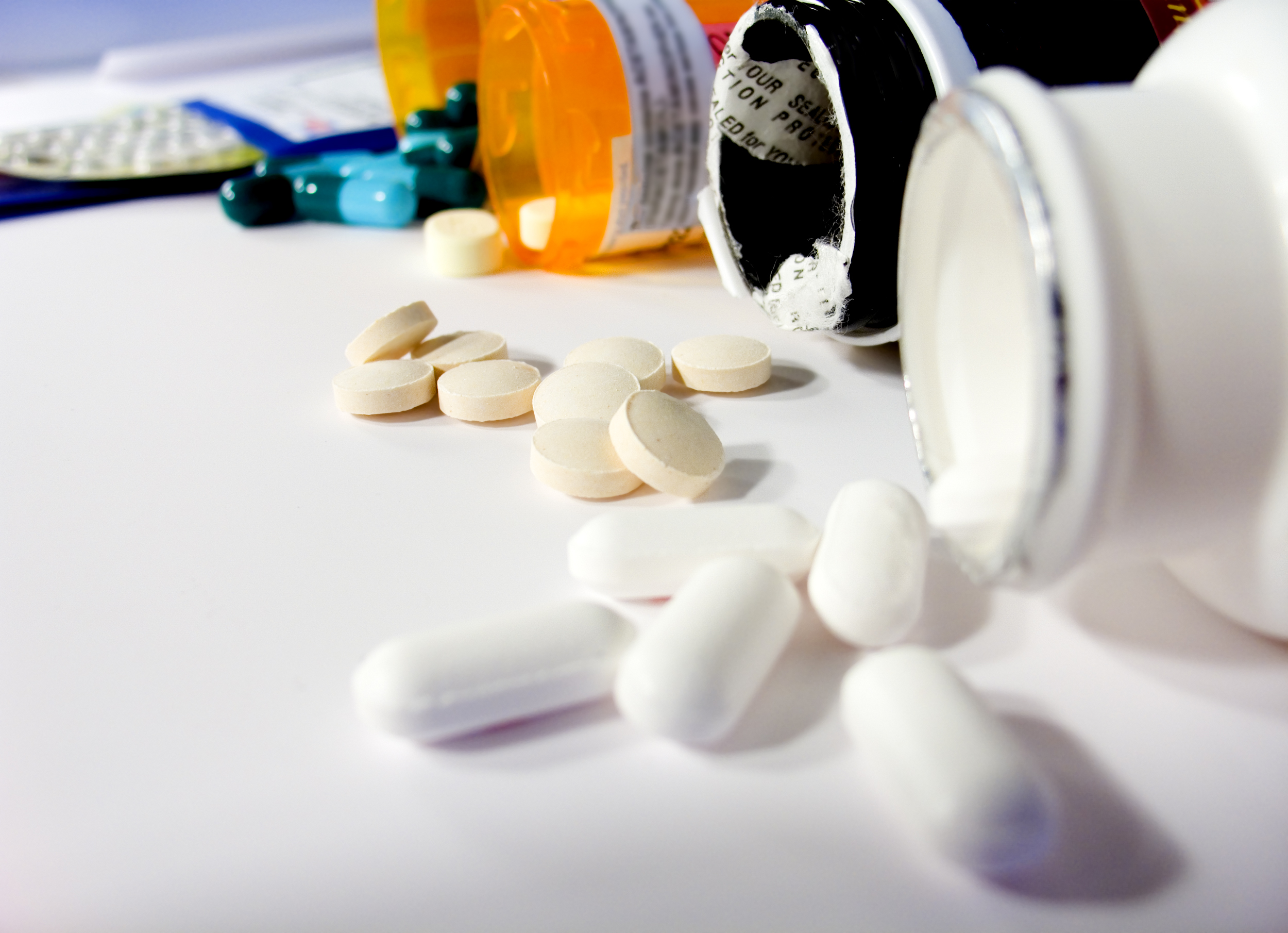
TUESDAY, Nov. 29 (HealthDay News) — Some 1.2 million Americans are living with HIV, yet only about 28 percent of them have their disease under control, federal health officials report.
Efforts to diagnose, treat and reduce transmission of the virus need to be redoubled, claims a new study from the U.S. Centers for Disease Control and Prevention, which was released just before World AIDS Day on Thursday, Dec. 1.
“The bottom line here is that we have the tools to stop HIV from spreading,” CDC director Dr. Thomas Frieden, said during a noon press conference on Tuesday.
“The most encouraging new finding is that when people start HIV treatment early, when their immune systems are still relatively strong, they are 96 percent less likely to infect their partners,” he said. “This study brings home that treatment is prevention; that treatment is essential to prevention.”
But there is a lot of work to be done to fully see the beneficial effect of treatment, Frieden said. “About 850,000 Americans with HIV do not have the virus controlled,” he said.
The first step is to get people to recognize their HIV status through testing, Frieden said. “And second, to make sure that every person with HIV has every opportunity to remain in ongoing care after they’re diagnosed,” he added.
The CDC recommends that HIV testing be a part of a regular checkup at least once, and for those most at risk, testing should be done at least once a year.
According to the CDC report, in 2010 only 9.6 percent of adult Americans had been tested for HIV during in the past 12 months. Testing varied by state, from 4.9 percent to 29.8 percent, the researchers noted.
Of the more than 900,000 people with HIV who know it, about 77 percent were linked to care and 51 percent were getting continuing treatment.
In addition, 45 percent had prevention counseling and 89 percent were taking antiretroviral medications. Of these, the virus was suppressed in 77 percent, meaning the virus was suppressed in about 28 percent of all Americans with HIV, according to the report.
Those least likely to know they have HIV and least likely to get prevention counseling are gay and bisexual men, the population most affected by the disease, researchers noted.
To make its estimates, the CDC used data from the National HIV Surveillance System, the Behavioral Risk Factor Surveillance System and the Medical Monitoring Project, as well as other published data.
Dr. Margaret Fischl, director of the AIDS Clinical Research Unit and co-director of the University of Miami Developmental Center for AIDS Research, said that “one has to continue to push to make people realize that you should be testing everyone. Everyone should be tested if they are young and sexually active.”
Moreover, more infected people need to get treatment and stay on treatment, she said. “I didn’t spend 25 years designing antiretroviral trials to get where we are today to see these types of numbers,” she said.
“We know these regimens can have a 96 percent success rate,” Fischl said. “These regimens today are very powerful, they’re easy to take, they have much less side effects and patients needed to be followed intensely,” she added. In addition, treatment can help reduce the transmission of HIV, Fischl said.
More information
For more information on HIV/AIDS, visit the U.S. Centers for Disease Control and Prevention.

